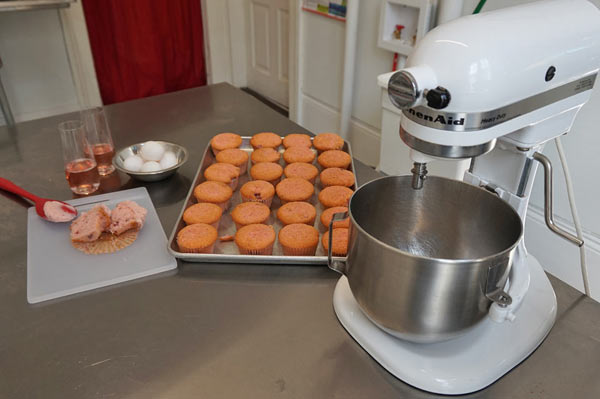
Last Chance to Eat: The Fate of Taste in a Fast Food World. "Perfect Souffles Don't Require Expert Skills".

When served, the top of a soufflé may be punctured with serving utensils to separate it into individual servings. It may be served with a sauce atop the soufflé, such as a sweet dessert sauce, or with a sorbet or ice-cream on the side. Īfter being cooked, a soufflé is puffed up and fluffy, and it will generally fall after 5 or 10 minutes (as risen dough does). Some preparations also include adding a coating of sugar, bread crumbs, or a grated hard cheese such as parmesan inside the ramekin in addition to the butter some cooks believe this allows the soufflé to rise more easily. The ramekin, or other baking vessel, may be coated with a thin film of butter to prevent the soufflé from sticking. Soufflés are generally baked in ramekins or soufflé dishes: these are typically glazed, flat-bottomed, round porcelain containers with unglazed bottoms, vertical or nearly vertical sides, and fluted exterior borders. Foods commonly used to flavor the base include herbs, cheese and vegetables for savory soufflés and jam, fruits, berries, chocolate, banana and lemon for dessert soufflés. The base provides the flavor and the egg whites provide the "lift", or puffiness to the dish. a flavored crème pâtissière, cream sauce or béchamel, or a purée as the base.


Soufflés are typically prepared from two basic components: The development and popularization of the soufflé is usually traced to French chef Marie-Antoine Carême in the early nineteenth century. Vincent La Chapelle, in the early eighteenth century. The earliest mention of the soufflé is attributed to French master cook


 0 kommentar(er)
0 kommentar(er)
